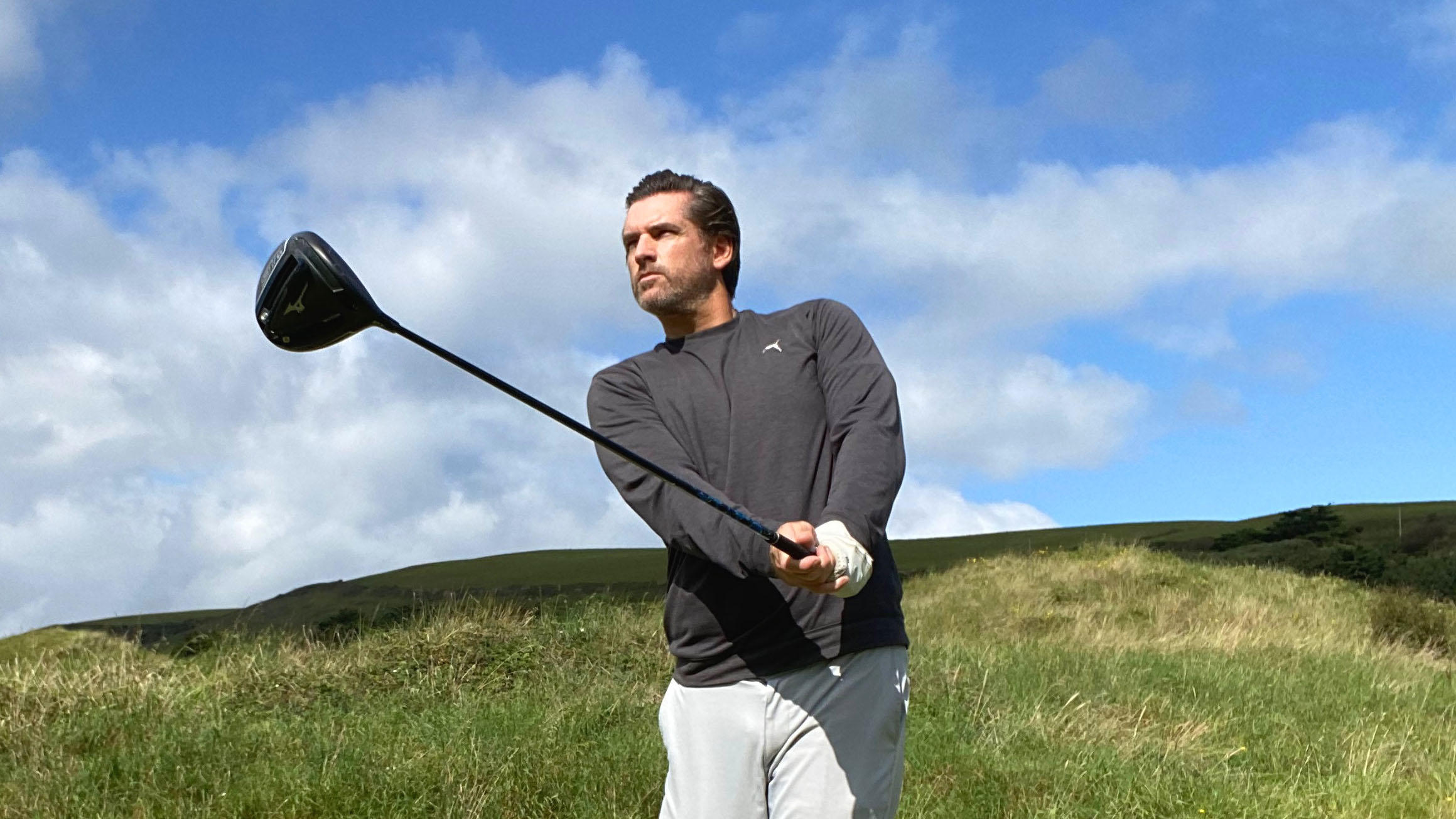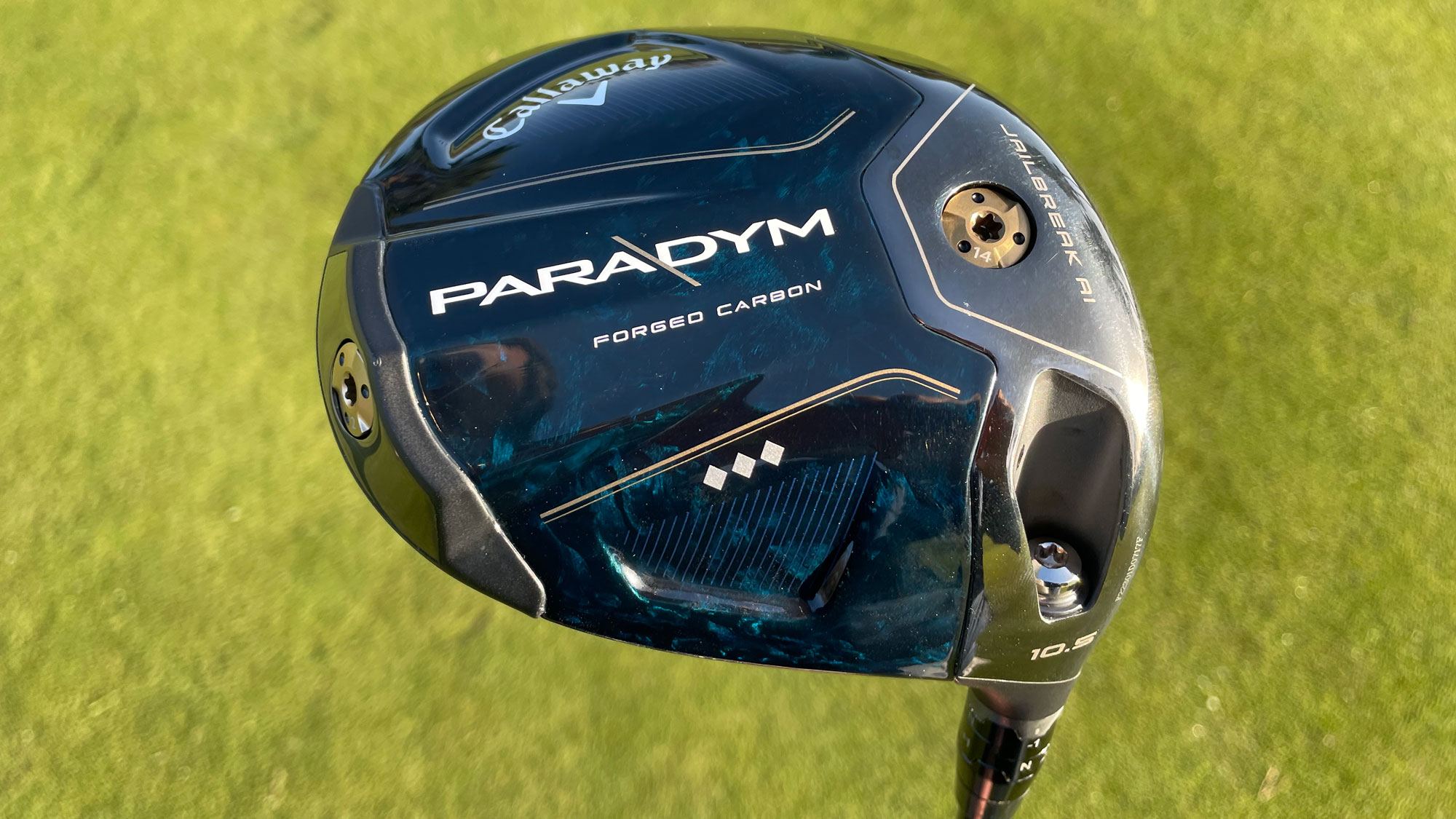
Purchasing a new driver is one of the most exciting additions to any golfers bag, but for various reasons, golfers may choose their new 'big stick' without going through a custom fitting. While we would always normally urge golfers to have a custom fitting before purchasing any clubs, we do understand there are instances when this may not be possible or the temptation to purchase when one is in front of you there and then just becomes too much. If you fall into this category, then there are certainly a few things to look out for before you spend your hard earned money on one of the best drivers on the market.
Before you take a new shiny toy straight off the rack, things such as shot tendencies, swing speed and distance are all things to consider and will effect how each club performs for you.
VIDEO: Best Drivers 2023
How much forgiveness do you need?
For me, the level of forgiveness you need is the most important aspect of any gear buying decision in the long game - regardless of your handicap. And it takes two forms. Firstly, does the driver you are about to buy look easy to hit? Some drivers, the Ping G430 MAX springs to mind, have a larger footprint behind the ball and for many, will feel easier to hit. If it inspires confidence, your golf swing is likely to be a better, more committed one. If you’re already a confident ball striker, then a more compact shape may well suit your eye - the Callaway Paradym Triple Diamond was particularly impressive on this front.
The second part is about the forgiveness that’s been built into the head. It’s important to say here that the vast majority of drivers are 460cc in size and as such, are very forgiving on off centre hits (even the ones used on Tour). Some however, like the TaylorMade Stealth 2 HD driver have a draw bias built-in and the internal weighting is designed to help golfers get the ball up and away without having to swing the club too hard. In the driver sector, this is an important ingredient that adds forgiveness. If these are considerations you think are beneficial, then it's worth looking at one of the most forgiving drivers on the market.
How fast Do You Swing Your Driver?

This is an incredibly important question and the answer is one that, naturally, many golfers over-estimate. So first and foremost, try not to fall into that trap!
Generally speaking, slower swingers (those with driver clubhead speeds under 90mph) will need more flex in the shaft to optimise their ball speed, flight and distance. Those with fast swing speeds, in excess of 110mph, may wish to consider something on the stiffer end of the spectrum. There are also low spinning driver options that will compliment those who have a faster swing speed.
It may well help to think about your current driver shot pattern. Shafts that are too stiff will struggle to offer enough flight and the ball will have a tendency to drift right (for right handers). Shafts that have too much flex will tend to create too much spin and right-handed golfers may miss left more than right. These are the clues to look out for.

What’s Your Shot Pattern?
If you are about to buy a new driver, think about your shot pattern. What’s your typical shape and which side of the fairway do you miss most often? If you’re as likely to miss left as you are right, then a head that has no shot shape bias is probably sensible. But if, like many others, you tend to slice the ball, then the options are many and varied. The best drivers for slicers all feature internal weighting that will help you guard against your most destructive shot.

What Loft?
The next question to ask yourself is what loft should you go for. Of course, this will depend on the specific way you deliver the club to the ball, including your angle of attack through impact. It is something of a generalization to say it but a typical driver loft sits somewhere between 9˚ and 12˚. Again, generally speaking, the slower the swing speed, the higher the required loft. This will help you launch the ball and find maximum carry through the air. As you start to swing faster, extra loft can diminish both your control and your distance.
Our advice would be to think about your current ball flight off the tee. Use this as the start point to make a decision about whether you need more, less or the same loft. If in doubt, we’d err on the side of having a little too much than not enough. If you can find a club that allows you to adjust the loft then you can always retro fit yourself to the loft set up that provides you with the best ball flight.
There’s no doubt that finding the right driver for your game is crucial if you want to improve and the best way to do that is with the help of a good fitter. If this isn’t the path you want to go down, and there are many good reasons why that might be the case, then hopefully this advice helps.







